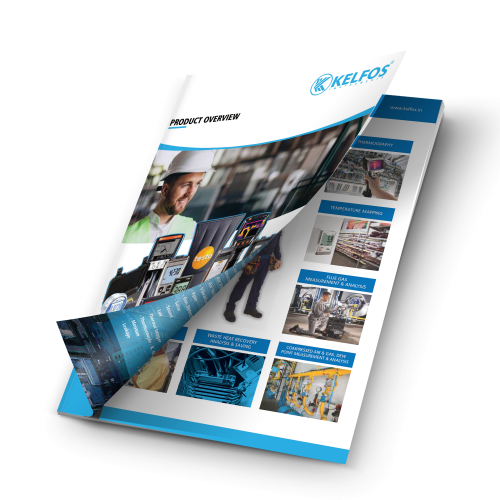Naoh Concentration Measurement In Aluminum Extrusion
The forming dies used while extruding aluminium will gather leftover material and other impurities over time. A finished product that doesn’t meet specifications can result from excessive build-up and defects in subsequent extrusions. The dies are periodically withdrawn from the extrusion line and cleaned in a NaOH bath to address this problem. Operators frequently add NaOH to the bath after pumping it into a storage tank at a concentration of 50% or more to begin the cleaning process. NaOH can often be recycled by end users up to a concentration of 15-20%. They will next need to get rid of the used sodium hydroxide.
Sensors that detect conductivity are frequently employed in concentration analysis. Without taking a conductivity reading, the operator can unintentionally apply too little NaOH and improperly clean the dies. Additionally, it’s feasible that they may discard NaOH that is still functional if they didn’t have proper concentration information. The user will waste production time and money owing to lost product or excessive cleaning solution use.

Our Concentration Solution
Utilising the Knick SE 655 Memosens conductivity sensor, M4 Knick is able to detect conductivity with accuracy and dependability in applications ranging from clean water to 2,000 mS/cm. The SE 655 is a toroidal-style conductivity sensor that resists corrosion and has a smooth, hygienic design. Due to the application of the inductive measuring principle, the SE 655 has a high level of accuracy. Low risk of contamination is ensured by the big sensor hole. The sensor is appropriate for dangerous environments. When used with the SE 655 sensor, a Knick Stratos or Protos transmitter shows the conductivity reading as % Concentration of NaOH. This is a well-known industry standard procedure.
The end-user can validate that the providers of NaOH are producing products with a concentration of at least 50% by using a Knick conductivity loop. Additionally, they can maximise the usage of their NaOH before disposal and confirm the efficacy of the NaOH used for die cleaning.
What was this Customer’s Return on Investment?
Eliminates weak NaOH from the System: Prevents the use of weak NaOH for cleaning, preventing product loss or failed quality inspections.
Reduces Maintenance Costs: The SE 655 toroidal conductivity sensor’s performance under challenging process conditions is good, and its all-PEEK inductive design and construction mean that it needs fewer calibrations.
Enhances NaOH Vendor Quality Control: NaOH shipments that were returned because they didn’t meet specifications are no longer made. In order to minimise downtime, the customer can recognise deliveries of NaOH that are not in accordance with specifications.






